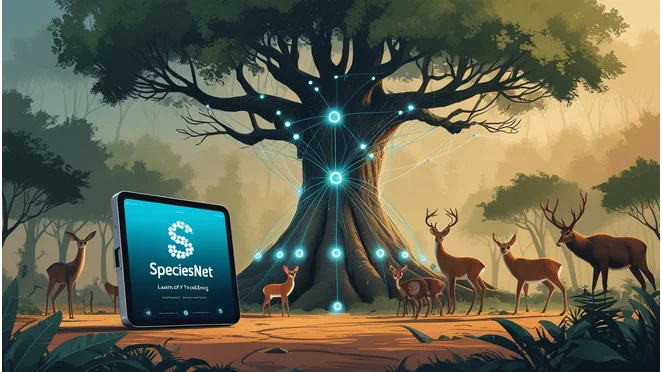Google has introduced an open-source AI model named SpeciesNet, aimed at identifying animal species from images captured by camera traps. These camera traps are digital cameras equipped with infrared sensors commonly used by researchers worldwide to monitor and study wildlife populations. While these traps provide critical data on various species, they also generate enormous amounts of images that can take a lot of time to examine thoroughly.
To address this challenge, Google launched Wildlife Insights six years ago as part of its Google Earth Outreach philanthropy program. This platform allows researchers to upload, identify, and analyze wildlife images online, facilitating collaboration and speeding up the process of camera trap data analysis. SpeciesNet powers many of the tools on Wildlife Insights.
Google has trained this model using over 65 million publicly available images and contributions from respected organizations, including the Smithsonian Conservation Biology Institute and the Wildlife Conservation Society.
SpeciesNet can classify images into more than 2,000 categories, covering various animal species and broader classifications such as “mammalian” or “Felidae,” along with non-animal objects, such as vehicles. In a blog post, Google emphasized that the release of SpeciesNet will empower tool developers, academics, and startups focused on biodiversity to enhance the monitoring of wildlife in natural habitats.The model is available on GitHub under an Apache 2.0 license, allowing for relatively unrestricted commercial use. It’s interesting to note that Google is not the only company creating open-source tools for camera trap image analysis. Microsoft’s AI for Good Lab has developed PyTorch Wildlife, an AI framework that provides pre-trained models tailored for animal detection and classification. This growing availability of AI tools signifies a significant advancement in wildlife research and conservation efforts.













